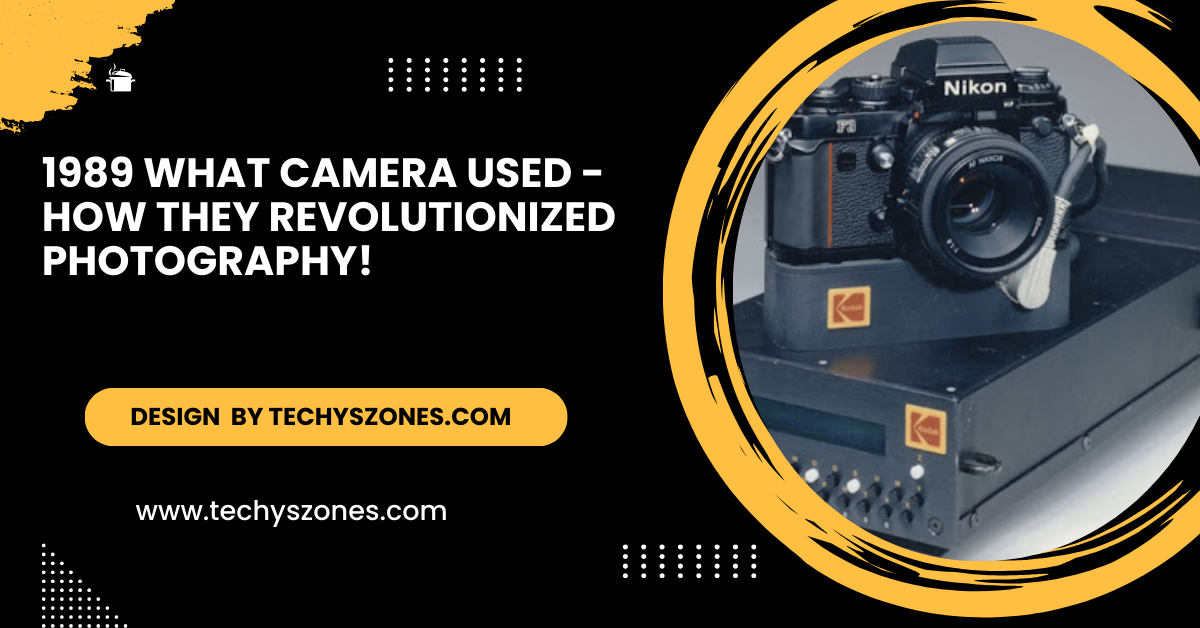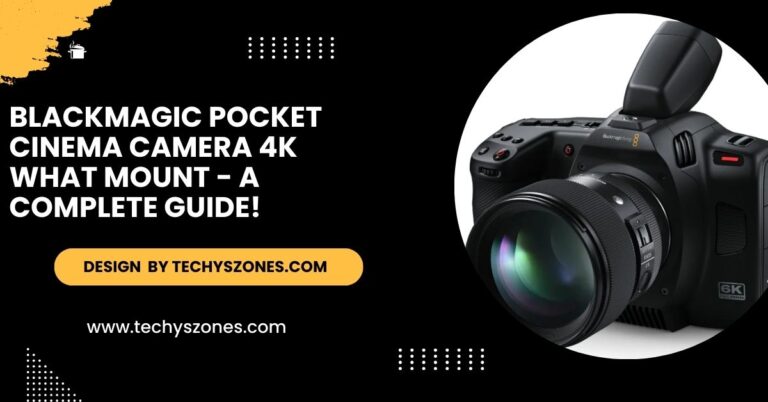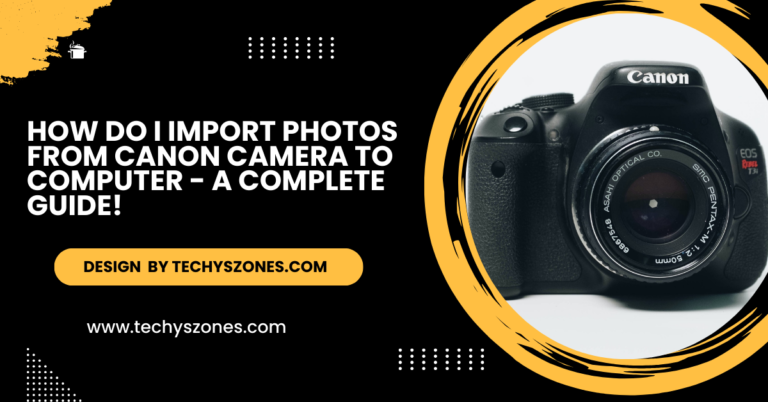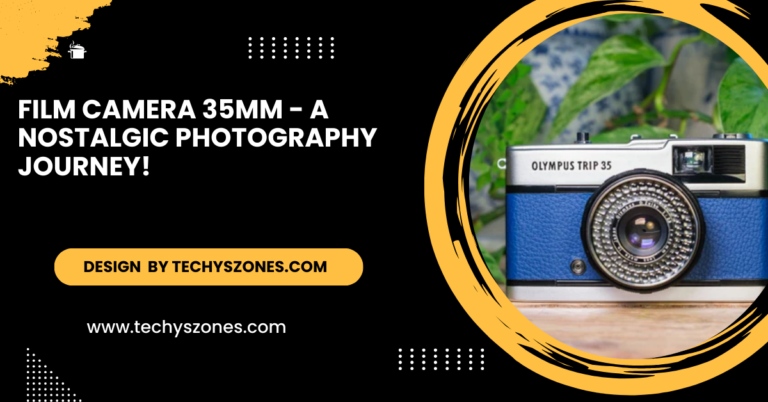1989 What Camera Used – How They Revolutionized Photography!
This article highlights iconic 1989 cameras like the Canon EOS-1 and Nikon F4, showcasing their advanced features and lasting impact on the photography industry.
In this article, we highlight the top cameras of 1989, their pioneering technology, and how they shaped the photography world we know today.
Film Photography in 1989: A Snapshot of the Era
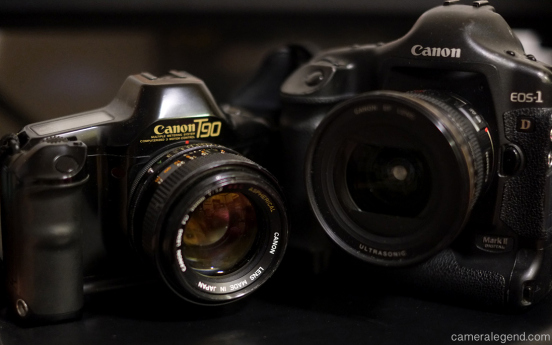
The late 1980s was an era marked by significant technological advancements in photography. Autofocus was gaining popularity, and automatic exposure features were becoming more common, making cameras more user-friendly.
In 1989, the professional photography world saw a mix of manual and automatic film cameras, and enthusiasts still largely relied on manual settings. However, brands like Canon, Nikon, and Minolta were leading the way in creating robust, high-quality cameras that could handle demanding conditions and produce sharp, vibrant images.
The Most Popular Cameras of 1989:
Here’s a closer look at some of the cameras that left a lasting impact on photography in 1989:
Canon EOS-1:
- Launch Year: 1989
Specifications:
- 35mm SLR camera
- Advanced autofocus system with focus tracking
- Weather-sealed and durable body
- 1/8000s maximum shutter speed and 1/250s flash sync speed
- Significance: The Canon EOS-1 marked a turning point in Canon’s lineup, specifically designed for professional photographers. It was the first in the EOS series to cater to high-end users with a rugged, weather-sealed body that could withstand challenging conditions. The autofocus system was advanced for its time, featuring tracking capabilities that helped capture fast-moving subjects ideal for sports and action photography. With the EOS-1, Canon set a new standard for professional film cameras.
Also Read: Do Speed Cameras Track Aggresive Lane Changes – Exploring Advanced Traffic Technologies!
Nikon F4:
- Launch Year: 1988, popularized through 1989
Specifications:
- First professional 35mm SLR with full autofocus
- Compatibility with Nikon’s extensive range of F-mount lenses
- 1/8000s max shutter speed, 1/250s flash sync
- Optional battery pack for extended power and ergonomics
- Significance: The Nikon F4 revolutionized the SLR market as the first professional-grade camera with full autofocus and auto exposure capabilities. The F4’s compatibility with all Nikon F-mount lenses, even older manual focus lenses, made it a versatile choice for professionals. It quickly became a favorite among photographers in fields ranging from journalism to nature and sports, where reliability and performance were paramount. The F4 is remembered for its strong build, reliability, and advanced autofocus, solidifying Nikon’s place as a leading choice for professionals.
Minolta Maxxum 7000i:
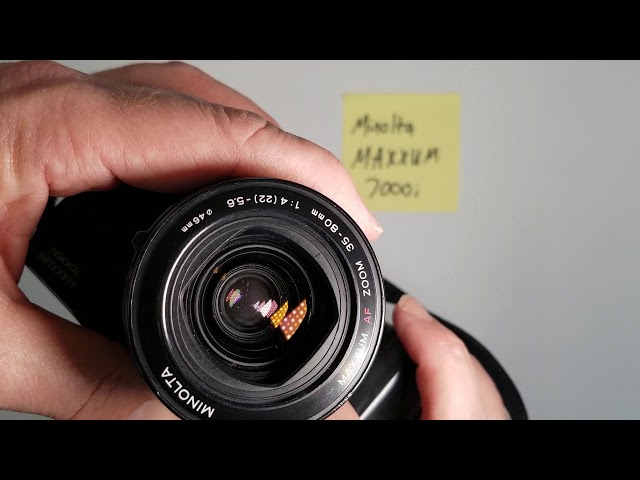
- Launch Year: 1988, with peak popularity in 1989
Specifications:
- Enhanced autofocus with predictive focus tracking
- Compact and lightweight SLR body
- Integrated flash for added versatility
- Compatibility with Minolta A-mount lenses
- Significance: Minolta’s Maxxum 7000i continued to build on the success of the first autofocus SLR, the Maxxum 7000. With improved focus tracking and a more compact design, the 7000i was popular among hobbyists and professionals looking for a reliable, portable camera. The 7000i was also one of the first to incorporate Minolta’s A-mount system, which offered users flexibility with various lenses. The camera’s built-in flash and predictive autofocus made it a reliable choice for casual and action photography alike.
Digital Technology in 1989: Beginnings of a New Era
While 1989 was still dominated by film cameras, early developments in digital imaging were beginning to make waves. Kodak and Sony were experimenting with digital sensors, but the technology was far from being affordable or practical for most photographers. These early efforts set the stage for the eventual digital revolution that would reshape the camera industry in the 1990s and 2000s.
Why Cameras of 1989 Are Still Relevant Today:
The cameras from 1989 continue to hold a special place in the world of photography. Many professionals and enthusiasts today appreciate the craftsmanship, durability, and image quality that classic film cameras offer.
Additionally, the look and feel of film photography, along with the discipline of manual settings, bring an artistic quality that digital photography often emulates but cannot fully replicate. Film cameras like the Nikon F4 and Canon EOS-1 are still sought after in the used market by collectors and photographers alike.
Also Read: Why Reolink Cameras Are Crap Ios – Key Issues You Should Know!
Key Reasons for Their Lasting Appeal:
- Build Quality: Cameras like the EOS-1 and F4 were built to last, featuring rugged materials and weather-sealed bodies, which make them durable and reliable even decades later.
- Lens Compatibility: Nikon’s F-mount, Canon’s EF mount, and Minolta’s A-mount allowed photographers to use a variety of lenses, many of which are compatible with more recent models, making these cameras versatile even today.
- Nostalgia and Artistic Value: The experience of using film cameras, from loading film to developing prints, creates a tangible connection to the art form that digital lacks. Film photography requires more intentionality, which can be artistically fulfilling.
FAQ’s
1. Did any digital cameras exist in 1989?
Yes, though not yet widely available to the public, digital cameras were in development. Kodak, for instance, had prototypes, but digital technology was still in its infancy and impractical for everyday use.
2. Were autofocus cameras common in 1989?
Yes, autofocus was gaining popularity, especially among higher-end SLR models. Canon and
Nikon were leaders in incorporating reliable autofocus systems, and many models released in 1989 offered advanced autofocus options for professionals and enthusiasts.
3. Are 1989 cameras still usable today?
Absolutely! Many film cameras from 1989, like the Canon EOS-1 and Nikon F4, are still functional and popular among film enthusiasts and collectors. As long as film is available, these cameras can still produce stunning images.
4. What are the benefits of using 1989 film cameras over modern digital cameras?
Using a 1989 film camera offers an analog experience that digital photography often lacks, such as the depth and texture of film, as well as the artistry involved in manual settings. Additionally, the durability and craftsmanship of these older models have a lasting appeal.
5. Why was the Nikon F4 considered a breakthrough?
The Nikon F4 was the first professional camera with full autofocus capabilities and compatibility with Nikon’s extensive F-mount lenses. Its versatility, robust design, and speed features made it a favorite among sports and photojournalists.
Conclusion:
In 1989, cameras like the Canon EOS-1, Nikon F4, and Minolta Maxxum 7000i set high standards with their advanced features, durable builds, and legacy in film photography. Their impact endures, as these models continue to be prized for their craftsmanship, lens versatility, and unique analog qualities that digital cameras often emulate but rarely replicate.

